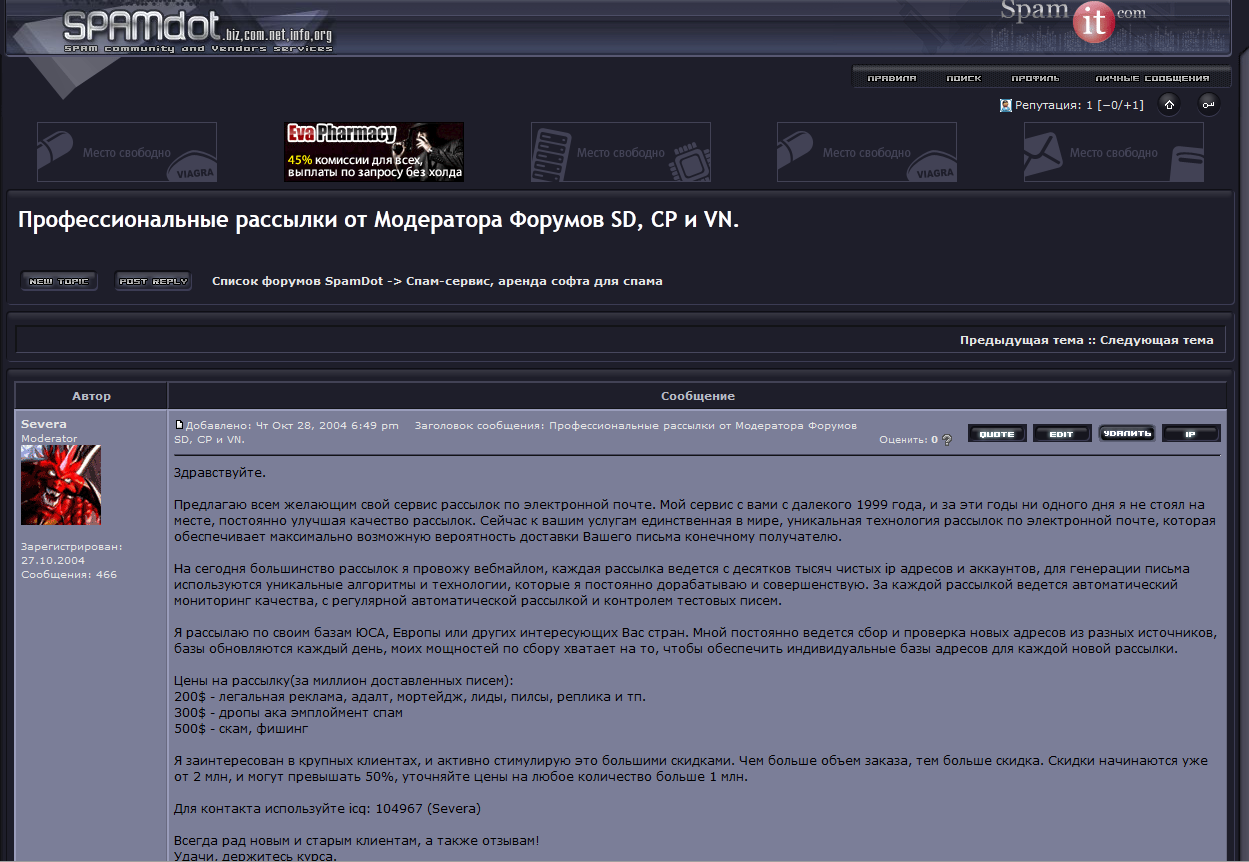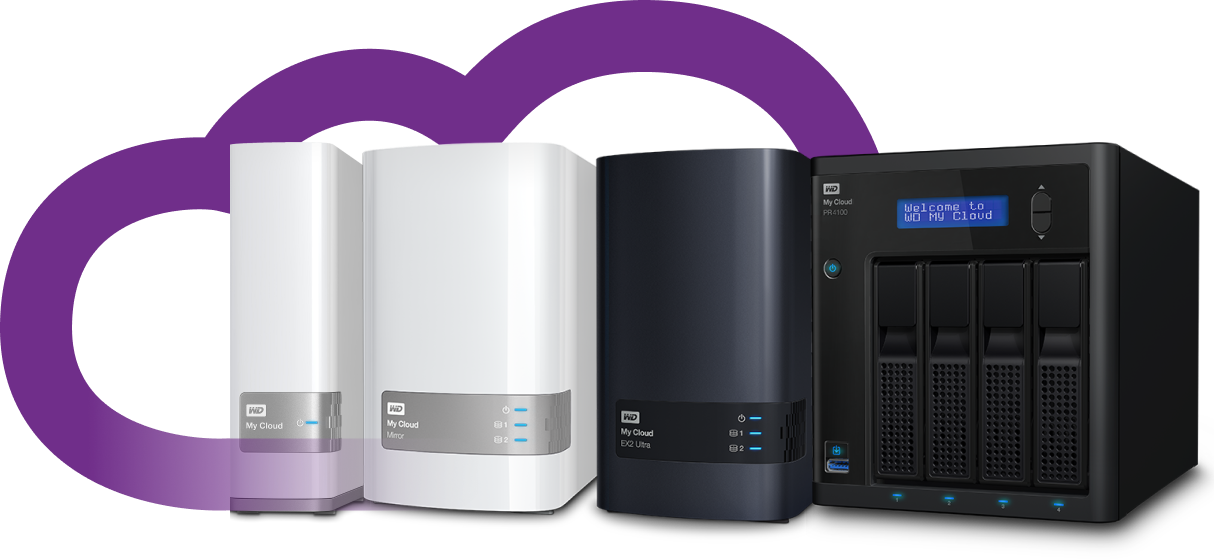Every time there is another data breach, we are asked to change our password at the breached entity. But the reality is that in most cases by the time the victim organization discloses an incident publicly the information has already been harvested many times over by profit-seeking cybercriminals. Here’s a closer look at what typically transpires in the weeks or months before an organization notifies its users about a breached database.

Our continued reliance on passwords for authentication has contributed to one toxic data spill or hack after another. One might even say passwords are the fossil fuels powering most IT modernization: They’re ubiquitous because they are cheap and easy to use, but that means they also come with significant trade-offs — such as polluting the Internet with weaponized data when they’re leaked or stolen en masse.
When a website’s user database gets compromised, that information invariably turns up on hacker forums. There, denizens with computer rigs that are built primarily for mining virtual currencies can set to work using those systems to crack passwords.
How successful this password cracking is depends a great deal on the length of one’s password and the type of password hashing algorithm the victim website uses to obfuscate user passwords. But a decent crypto-mining rig can quickly crack a majority of password hashes generated with MD5 (one of the weaker and more commonly-used password hashing algorithms).
“You hand that over to a person who used to mine Ethereum or Bitcoin, and if they have a large enough dictionary [of pre-computed hashes] then you can essentially break 60-70 percent of the hashed passwords in a day or two,” said Fabian Wosar, chief technology officer at security firm Emsisoft.
From there, the list of email addresses and corresponding cracked passwords will be run through various automated tools that can check how many email address and password pairs in a given leaked data set also work at other popular websites (and heaven help those who’ve re-used their email password elsewhere).
This sifting of databases for low-hanging fruit and password re-use most often yields less than a one percent success rate — and usually far less than one percent.
But even a hit rate below one percent can be a profitable haul for fraudsters, particularly when they’re password testing databases with millions of users. From there, the credentials are eventually used for fraud and resold in bulk to legally murky online services that index and resell access to breached data.
Much like WeLeakInfo and others operated before being shut down by law enforcement agencies, these services sell access to anyone who wants to search through billions of stolen credentials by email address, username, password, Internet address, and a variety of other typical database fields.
TARGETED PHISHING
So hopefully by this point it should be clear why re-using passwords is generally a bad idea. But the more insidious threat with hacked databases comes not from password re-use but from targeted phishing activity in the early days of a breach, when relatively few ne’er-do-wells have got their hands on a hot new hacked database.
Earlier this month, customers of the soccer jersey retailer classicfootballshirts.co.uk started receiving emails with a “cash back” offer. The messages addressed customers by name and referenced past order numbers and payment amounts tied to each account. The emails encouraged recipients to click a link to accept the cash back offer, and the link went to a look-alike domain that requested bank information.

The targeted phishing message that went out to classicfootballshirts.co.uk customers this month.
“It soon became clear that customer data relating to historic orders had been compromised to conduct this attack,” Classicfootballshirts said in a statement about the incident. Continue reading


















